Home>Furniture & Design>Interior Design Trends>How Are Glass Cups Made
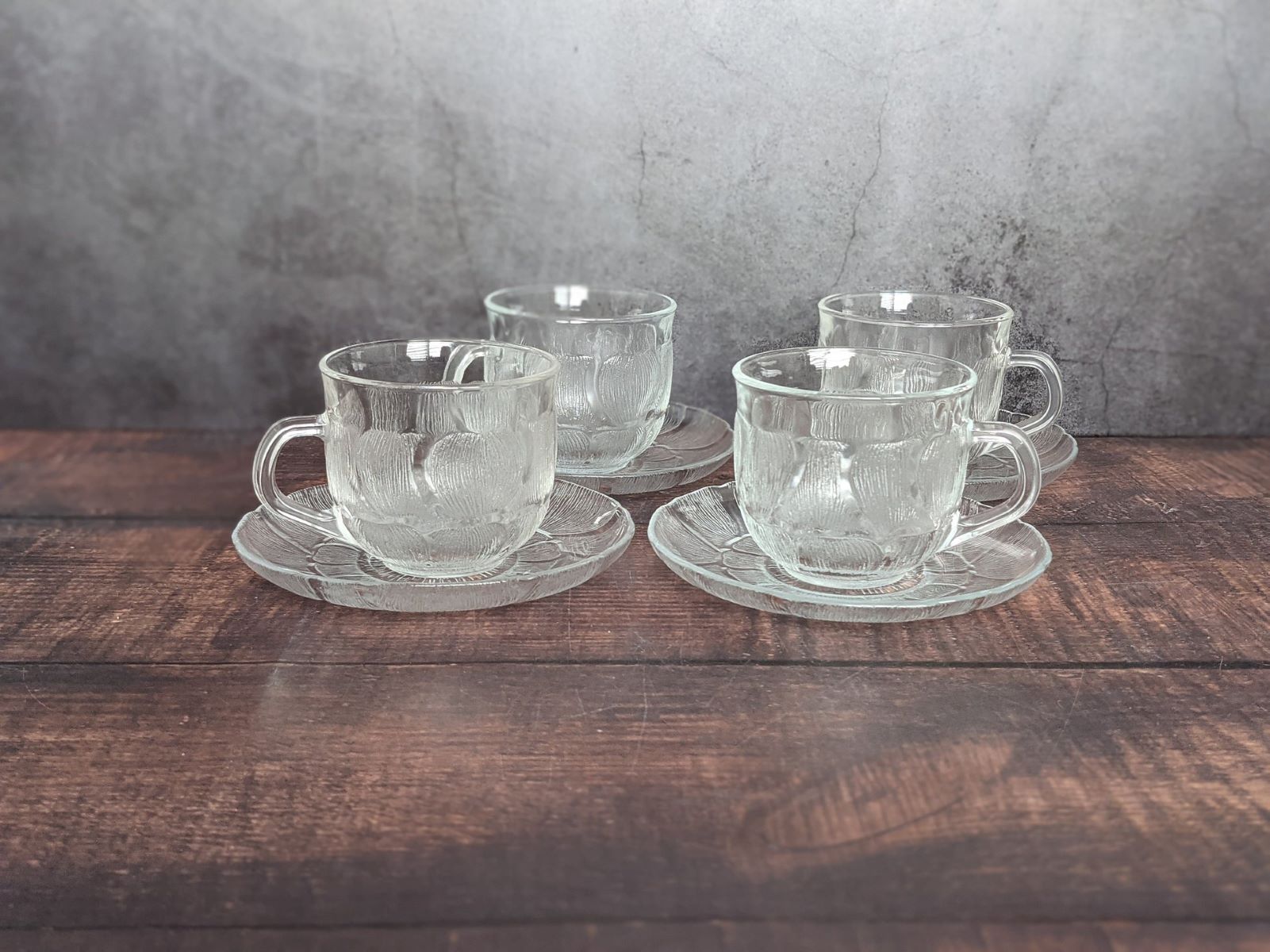

Interior Design Trends
How Are Glass Cups Made
Modified: October 18, 2024
Discover the latest interior design trends and learn how glass cups are made. Explore innovative techniques and stylish designs for your home. Unlock the secrets of glass cup production today!
(Many of the links in this article redirect to a specific reviewed product. Your purchase of these products through affiliate links helps to generate commission for Storables.com, at no extra cost. Learn more)
Introduction
Glass cups are a ubiquitous and essential part of our daily lives, serving as vessels for our favorite beverages and adding a touch of elegance to our dining experiences. The process of creating these delicate yet durable glass cups is a fascinating journey that involves a meticulous combination of artistry and precision engineering. From the selection of raw materials to the final inspection of the finished product, every step in the manufacturing process contributes to the creation of these functional works of art.
The production of glass cups is a testament to the ingenuity of human craftsmanship, dating back to ancient civilizations that first discovered the transformative properties of molten sand. Over the centuries, advancements in technology and the refinement of glassmaking techniques have elevated the art of glass cup production to new heights, resulting in a diverse array of designs and styles that cater to various preferences and occasions.
In this comprehensive exploration, we will delve into the intricate process of crafting glass cups, shedding light on the raw materials used, the transformative journey from molten glass to a finished cup, and the meticulous quality control measures that ensure each piece meets the highest standards of excellence. By gaining insight into the art and science behind glass cup production, we can develop a deeper appreciation for these everyday objects and the craftsmanship that goes into their creation.
Join us on this captivating journey through the world of glass cup manufacturing, where tradition meets innovation, and creativity converges with precision to bring forth the timeless allure of glassware. Let's embark on a mesmerizing exploration of the art and science behind the making of glass cups, where raw materials are transformed into exquisite vessels that grace our tables and enrich our daily rituals.
Key Takeaways:
- Glass cups are made from silica sand, soda ash, and limestone, melted into molten glass and shaped using techniques like glassblowing. The process involves meticulous craftsmanship and precision engineering.
- Quality control measures ensure that each glass cup meets high standards for durability and aesthetics. From raw materials to final inspection, the journey of creating glass cups is a captivating fusion of artistry and innovation.
Read more: How Is Candy Glass Made
Raw Materials for Glass Cups
The production of glass cups begins with the careful selection of raw materials, each playing a crucial role in the creation of the final product. The primary components used in glassmaking include silica sand, soda ash, and limestone. Silica sand serves as the foundational ingredient, providing the essential silica dioxide that forms the structural backbone of the glass. Soda ash, also known as sodium carbonate, acts as a flux, lowering the melting point of the silica to facilitate the glass-forming process. Limestone, or calcium carbonate, contributes to the stability and durability of the glass, enhancing its resistance to thermal shock and chemical corrosion.
In addition to these fundamental components, various additives and colorants are incorporated to imbue the glass with specific properties and aesthetic qualities. For instance, the introduction of metal oxides such as cobalt, copper, or iron can impart vibrant hues to the glass, allowing for the creation of an extensive spectrum of colors and finishes. Furthermore, the inclusion of boron compounds can enhance the thermal and mechanical properties of the glass, making it suitable for specialized applications such as borosilicate glassware known for its exceptional durability and heat resistance.
The meticulous blending of these raw materials is a critical step in the glassmaking process, as it determines the chemical composition and characteristics of the resulting glass. Once the ingredients are carefully measured and mixed, they are subjected to intense heat in a furnace, where they undergo a transformative journey from solid raw materials to molten glass. This molten glass, with its unique composition and properties, serves as the foundation for the shaping and crafting of exquisite glass cups, embodying the artistry and precision that define the world of glassware manufacturing.
The selection and combination of raw materials for glass cups exemplify the harmonious fusion of science and creativity, where the careful balance of ingredients gives rise to a versatile and enduring material that has been cherished for millennia. As we delve deeper into the glassmaking process, we will witness the alchemical transformation of these raw materials into elegant vessels that enrich our daily experiences and elevate the art of dining and hospitality.
Melting and Shaping Process
The melting and shaping process is a pivotal stage in the creation of glass cups, where the molten glass undergoes a remarkable transformation, taking on its final form through a series of intricate techniques and precision-driven maneuvers. Once the raw materials have been carefully blended and heated to a molten state in the furnace, the viscous liquid is ready to be shaped into the desired cup form.
One of the primary methods employed in shaping molten glass is known as glassblowing, a time-honored technique that requires exceptional skill and dexterity. The glassblower, using a blowpipe, gathers a molten glob of glass from the furnace and begins to shape it by blowing air into the pipe, creating a bubble within the glass mass. Through a delicate dance of heating, blowing, and shaping, the glassblower manipulates the molten material, coaxing it into the elegant contours and dimensions of a cup. This meticulous process demands precision and finesse, as the glassblower must work swiftly and decisively to achieve the desired form before the glass cools and solidifies.
In addition to glassblowing, the shaping of glass cups can also be accomplished through pressing and molding techniques. In these methods, molten glass is poured into molds or pressed between molds to create intricate patterns, textures, and intricate details on the surface of the cup. This allows for the production of a diverse range of designs, from sleek and minimalist to ornately embellished, catering to a myriad of aesthetic preferences and functional requirements.
Furthermore, modern advancements in glassmaking technology have introduced innovative methods such as glass forming by machine, where automated processes are utilized to shape molten glass into precise and uniform cup forms. This mechanized approach, while distinct from traditional artisanal techniques, enables the efficient production of large quantities of glass cups with consistent quality and dimensional accuracy.
As the molten glass is shaped and molded into its final configuration, it embodies the fusion of artistry and engineering, capturing the essence of human creativity and ingenuity. The mesmerizing dance of molten glass, guided by the skilled hands of artisans or the precision of automated machinery, culminates in the birth of exquisite glass cups that embody the timeless allure of glassware.
This stage of the glassmaking process exemplifies the harmonious convergence of tradition and innovation, where ancient techniques coexist with cutting-edge technology to bring forth a diverse array of glass cups that enrich our lives and elevate the art of dining and hospitality.
Annealing and Cooling
Following the shaping of the molten glass into the desired cup form, the annealing and cooling process assumes a critical role in ensuring the structural integrity and durability of the glass cups. Annealing, a controlled cooling process, is essential for relieving internal stresses within the glass that may have accumulated during the shaping and forming stages. These internal stresses, if left unaddressed, can compromise the strength and stability of the glass, leading to potential brittleness and susceptibility to breakage.
The annealing process involves carefully transferring the newly formed glass cups to a temperature-controlled annealing lehr or kiln, where they undergo a gradual cooling cycle. This controlled cooling allows the glass to relax and stabilize, mitigating the internal stresses and enhancing its overall strength and resilience. The precise duration and temperature profile of the annealing cycle are meticulously calibrated to match the specific characteristics of the glass composition and the intricacies of the cup's design, ensuring uniform and thorough stress relief throughout the material.
As the glass cups journey through the annealing lehr, they are subjected to carefully regulated temperature gradients, gradually descending from the elevated temperatures of the glass-forming process to room temperature. This gradual cooling process is essential for preventing thermal differentials within the glass, which can lead to uneven contraction and the development of internal fractures. By allowing the glass to cool uniformly and methodically, the annealing process imparts a balanced and resilient structure to the cups, fortifying them against the rigors of everyday use.
The significance of the annealing and cooling process extends beyond the immediate structural integrity of the glass cups. It also plays a pivotal role in enhancing the thermal and mechanical properties of the glass, contributing to its resistance to thermal shock and mechanical stress. The carefully orchestrated annealing cycle serves as a testament to the meticulous craftsmanship and engineering precision that underpin the art of glass cup production, ensuring that each piece emerges from the annealing lehr with the strength and durability to withstand the demands of daily use.
As the glass cups complete their annealing journey and emerge from the cooling cycle, they embody a harmonious fusion of artistry and scientific rigor, bearing the hallmark of meticulous craftsmanship and enduring quality. The annealing and cooling process stands as a testament to the unwavering commitment to excellence that defines the world of glassware manufacturing, elevating the humble glass cup to a symbol of timeless elegance and functional beauty.
When making glass cups, it’s important to heat the glass to a high temperature until it becomes molten. Then, the molten glass is shaped by blowing or molding it into the desired cup shape. Finally, the glass is cooled slowly to prevent cracking.
Decorating and Finishing
Once the glass cups have undergone the transformative journey of shaping, annealing, and cooling, they enter the captivating realm of decorating and finishing, where they are imbued with intricate details, captivating embellishments, and a flawless surface that elevates them to objects of exquisite beauty.
The process of decorating glass cups encompasses a diverse array of techniques, each contributing to the creation of visually stunning and distinctive designs. One of the most revered methods is glass etching, where artisans employ abrasive or chemical processes to create delicate patterns, frosted textures, or intricate motifs on the surface of the glass. This meticulous art form allows for the realization of intricate designs, from intricate floral motifs to geometric patterns, adding a touch of sophistication and allure to the glass cups.
In addition to glass etching, the application of decorative elements such as colored enamels, precious metals, or glass beads further enriches the visual appeal of the cups, infusing them with a captivating array of hues, lusters, and textures. The delicate art of hand-painting, where skilled artisans meticulously apply vibrant pigments to the glass surface, brings forth a symphony of colors and designs, transforming each cup into a unique masterpiece that reflects the artistry and creativity of its creator.
Furthermore, the finishing touches applied to the glass cups play a pivotal role in enhancing their tactile and visual allure. The meticulous polishing of the glass surface, often achieved through mechanical or chemical processes, bestows a lustrous sheen and a flawlessly smooth texture, inviting touch and admiration. Additionally, the application of protective coatings, such as durable glazes or specialized treatments, serves to safeguard the integrity and brilliance of the decorative elements, ensuring that the cups retain their captivating beauty for years to come.
The art of decorating and finishing glass cups represents a harmonious fusion of artistic expression and technical precision, where centuries-old traditions intertwine with contemporary innovations to create objects of enduring beauty and sophistication. As the cups emerge from the decorating and finishing stages, they stand as exquisite embodiments of the artistry and craftsmanship that define the world of glassware, enriching our lives with their captivating presence and timeless elegance.
Read more: How Is Sea Glass Made
Quality Control and Inspection
Quality control and inspection form the cornerstone of glass cup manufacturing, encompassing a comprehensive array of measures and protocols designed to uphold the highest standards of excellence and precision. From the initial stages of raw material selection to the final scrutiny of finished glass cups, meticulous quality control procedures are implemented to ensure that each piece meets exacting criteria for durability, aesthetics, and performance.
The quality control process commences with the stringent evaluation of raw materials, where the chemical composition, purity, and consistency of the ingredients are scrutinized to ascertain their suitability for glassmaking. Advanced analytical techniques, including spectroscopy and thermal analysis, are employed to assess the raw materials' properties, enabling precise adjustments to achieve the desired glass composition and characteristics.
As the molten glass is shaped and formed into cups, real-time monitoring and quality checks are conducted to verify dimensional accuracy, uniformity of thickness, and the absence of defects or imperfections. Automated inspection systems, equipped with high-resolution cameras and advanced algorithms, scrutinize each cup with unparalleled precision, identifying any deviations from the specified parameters and ensuring adherence to exacting quality standards.
Furthermore, the annealed glass cups undergo rigorous testing to assess their mechanical strength, thermal resistance, and resistance to impact and abrasion. Specialized equipment, including stress measurement devices and thermal shock chambers, subject the cups to simulated real-world conditions, validating their resilience and durability under diverse scenarios.
The final phase of quality control involves meticulous visual inspection and assessment of the cups' aesthetic attributes, including clarity, surface finish, and the integrity of decorative elements. Skilled inspectors meticulously examine each cup, employing expert discernment to identify any anomalies or blemishes that may compromise its visual appeal or structural integrity.
The culmination of these rigorous quality control measures is the assurance of uncompromising quality and precision in every glass cup that emerges from the manufacturing process. By upholding the highest standards of quality control and inspection, glassware manufacturers affirm their commitment to delivering products of exceptional craftsmanship and enduring beauty, enriching our lives with the timeless allure of glass cups.
Conclusion
In conclusion, the art and science of creating glass cups represent a captivating fusion of tradition, innovation, and meticulous craftsmanship. From the careful selection and blending of raw materials to the transformative journey of shaping, annealing, and decorating, every stage of the manufacturing process embodies a harmonious convergence of artistry and engineering precision.
The journey of a glass cup begins with the selection of fundamental raw materials, including silica sand, soda ash, and limestone, which are meticulously combined to form the molten glass that serves as the foundation for the cups. The shaping process, whether through the time-honored art of glassblowing or modern mechanized techniques, showcases the skill and creativity of artisans and the precision of automated machinery, resulting in a diverse array of designs and styles that cater to various preferences and occasions.
As the molten glass is shaped and molded into its final form, it undergoes a meticulous annealing and cooling process, relieving internal stresses and enhancing its structural integrity and durability. The art of decorating and finishing further elevates the glass cups, infusing them with intricate patterns, vibrant colors, and flawless surfaces that captivate the eye and touch.
Throughout the manufacturing journey, stringent quality control and inspection measures ensure that each glass cup meets exacting standards for durability, aesthetics, and performance, affirming the unwavering commitment to excellence that defines the world of glassware manufacturing.
In essence, the creation of glass cups transcends mere functionality, embodying the timeless allure of glassware as objects of enduring beauty and sophistication. These exquisite vessels, born from the alchemical transformation of raw materials into works of art, enrich our daily experiences and elevate the art of dining and hospitality.
As we raise our glass cups in celebration and appreciation, let us marvel at the artistry and precision that have shaped these everyday objects into symbols of timeless elegance and functional beauty, a testament to the ingenuity and creativity of humanity throughout the ages.
Frequently Asked Questions about How Are Glass Cups Made
Was this page helpful?
At Storables.com, we guarantee accurate and reliable information. Our content, validated by Expert Board Contributors, is crafted following stringent Editorial Policies. We're committed to providing you with well-researched, expert-backed insights for all your informational needs.
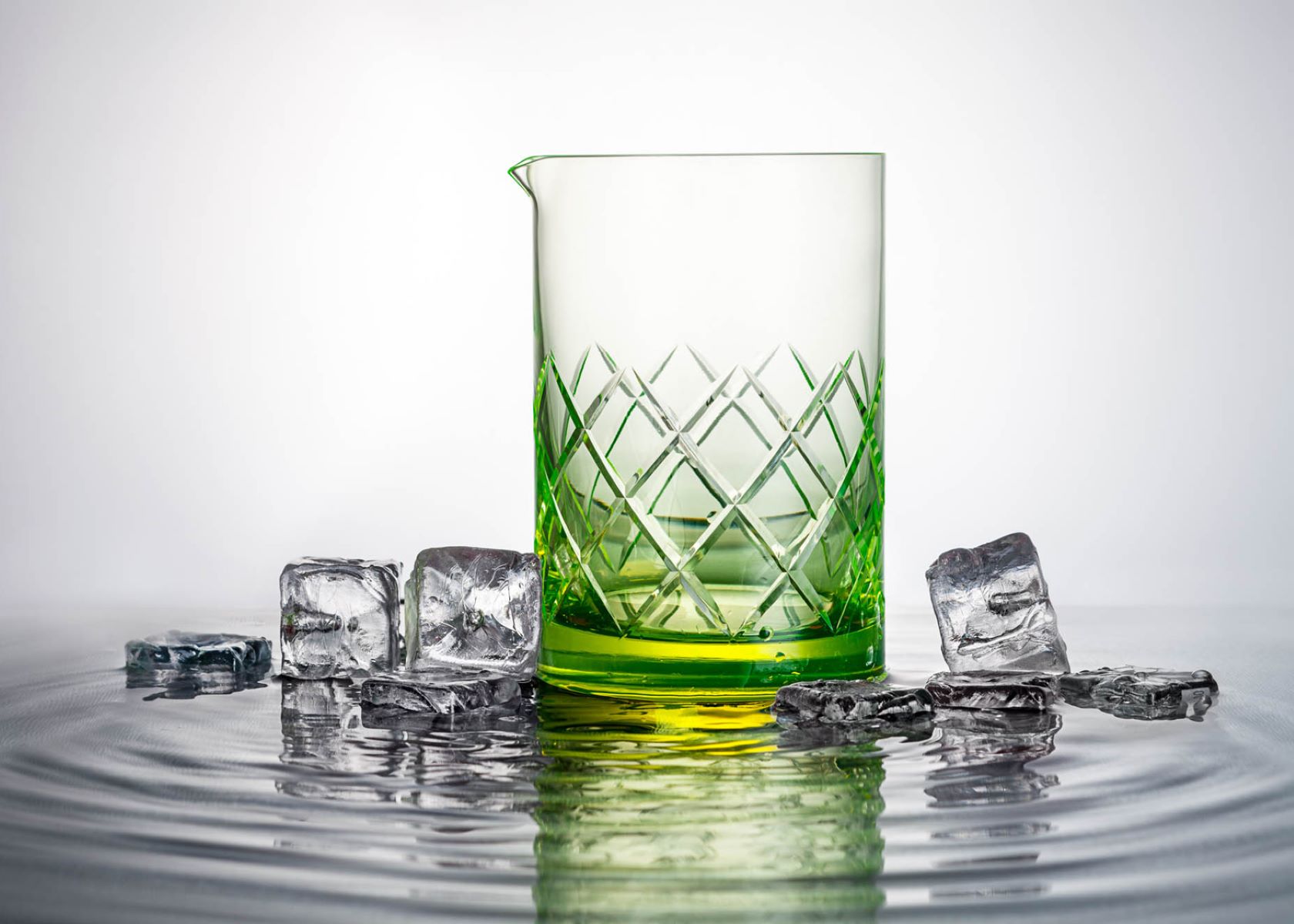
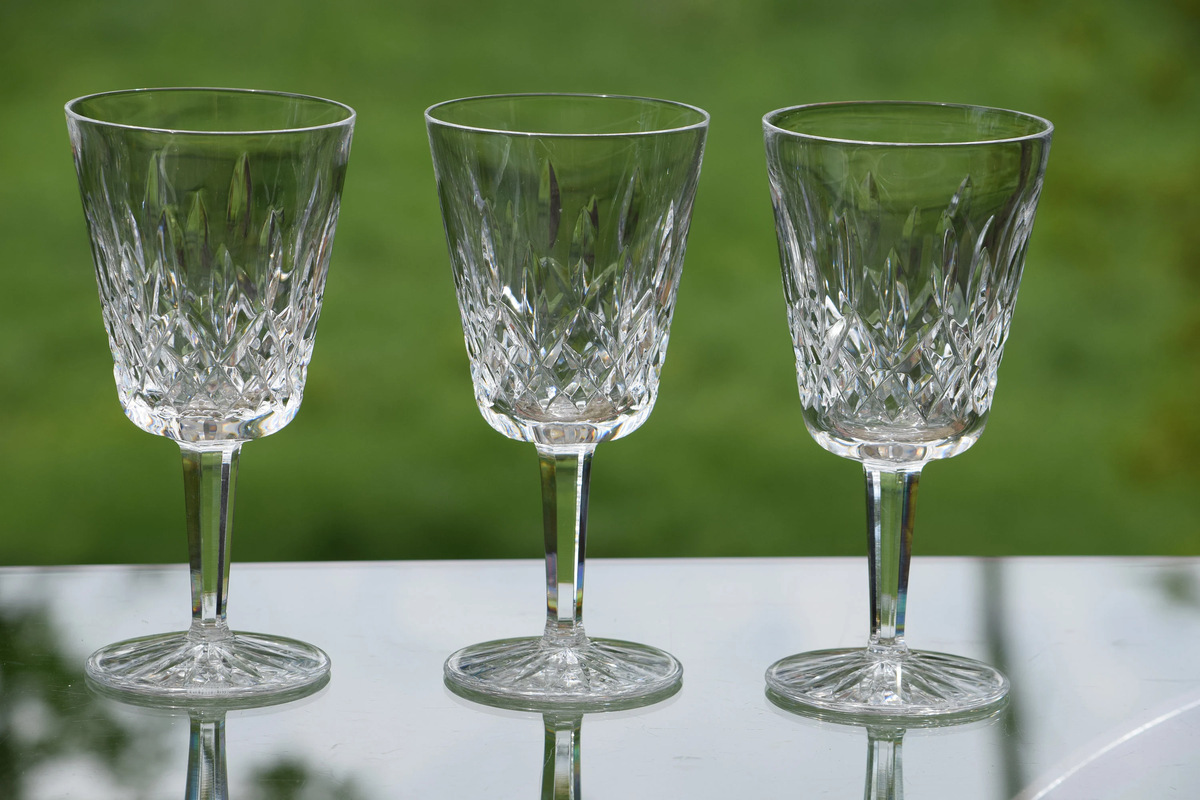
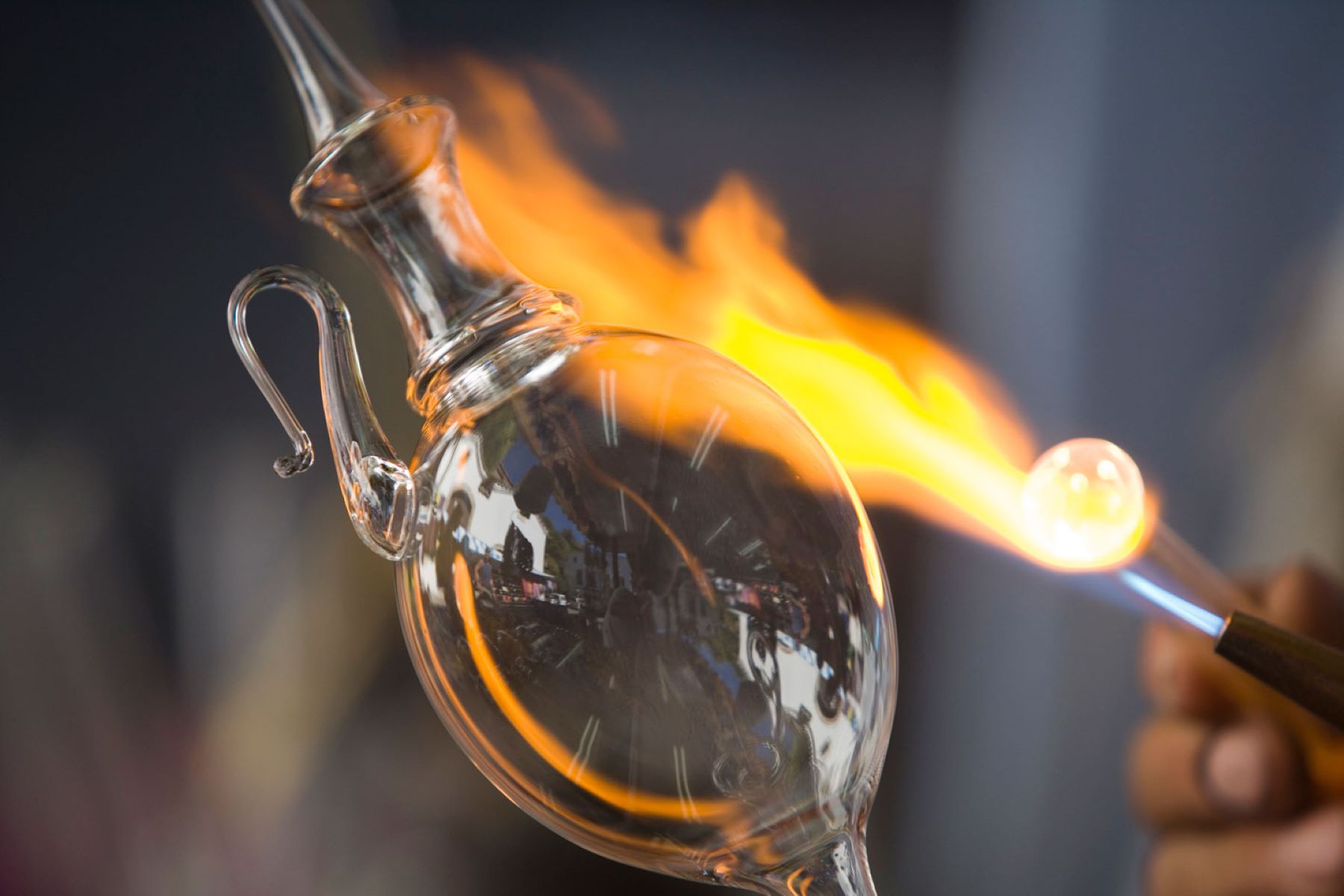
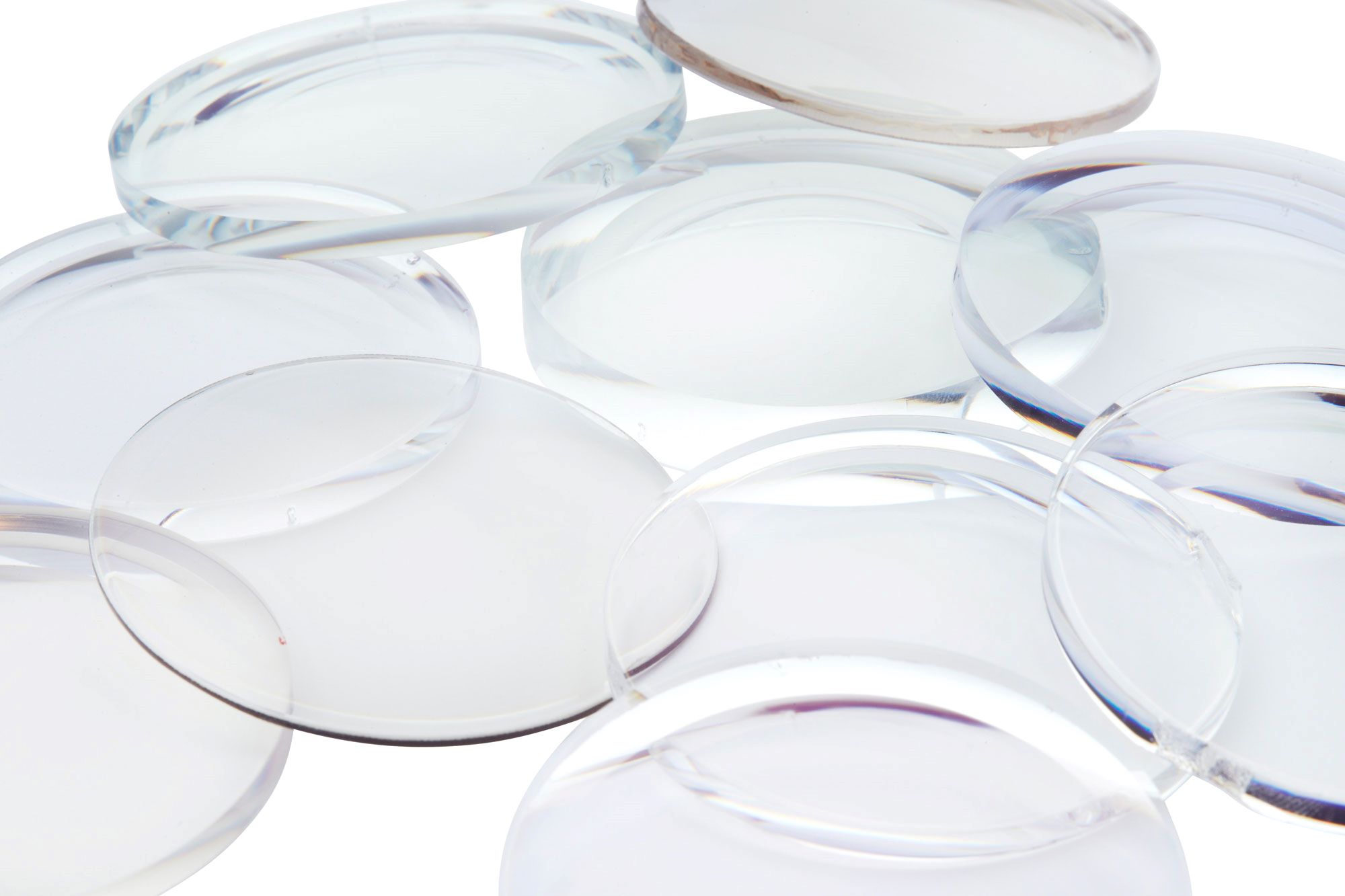
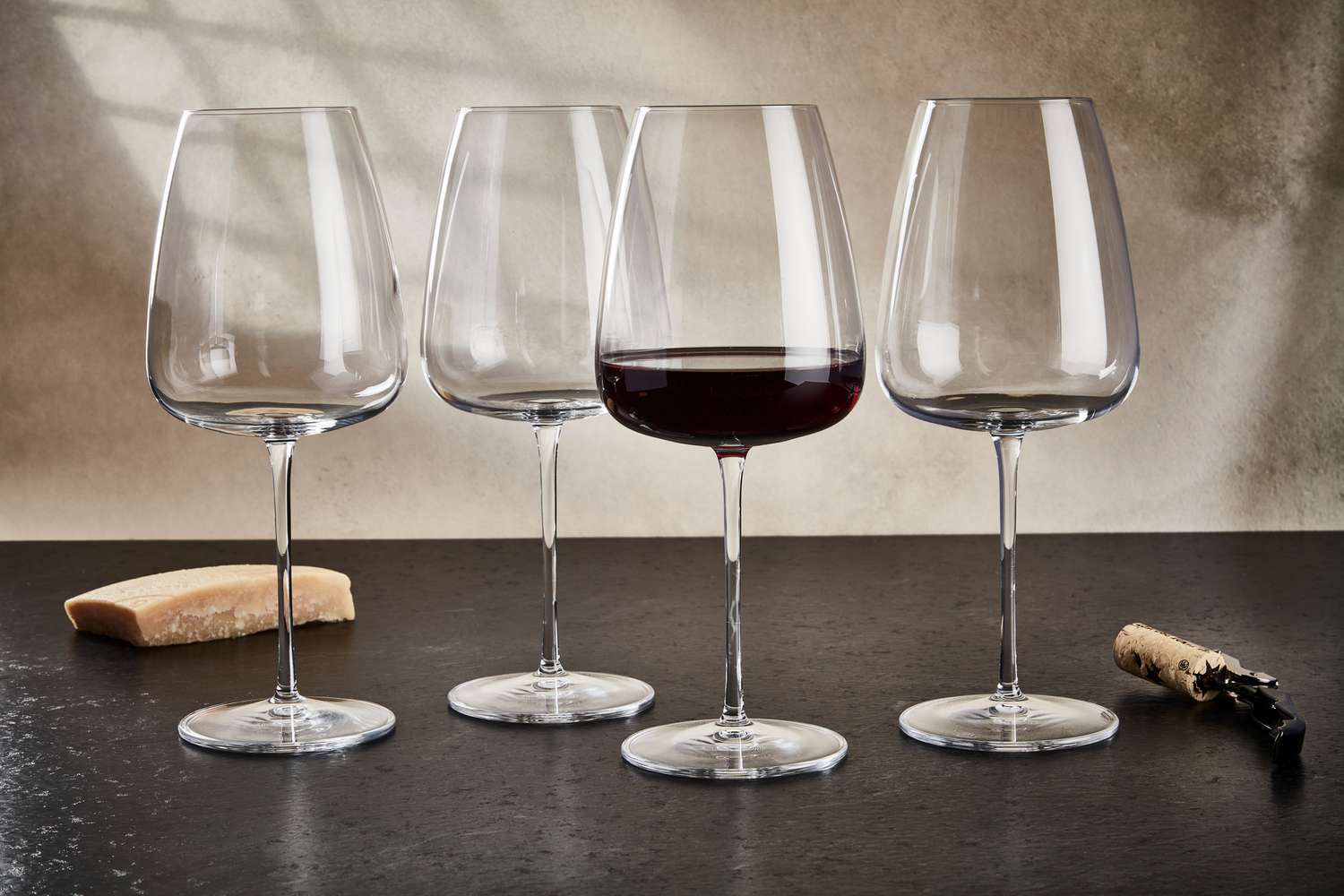
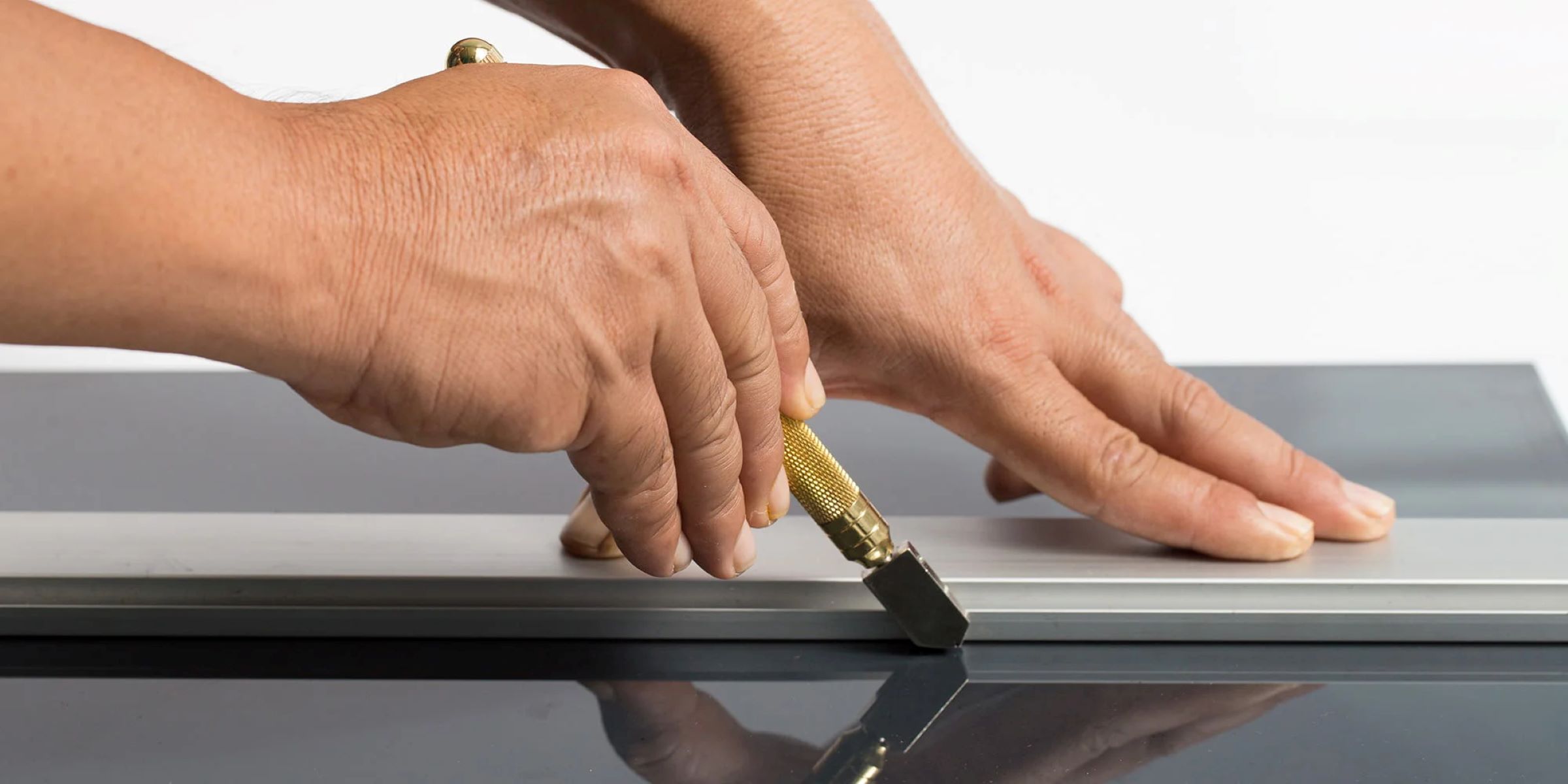
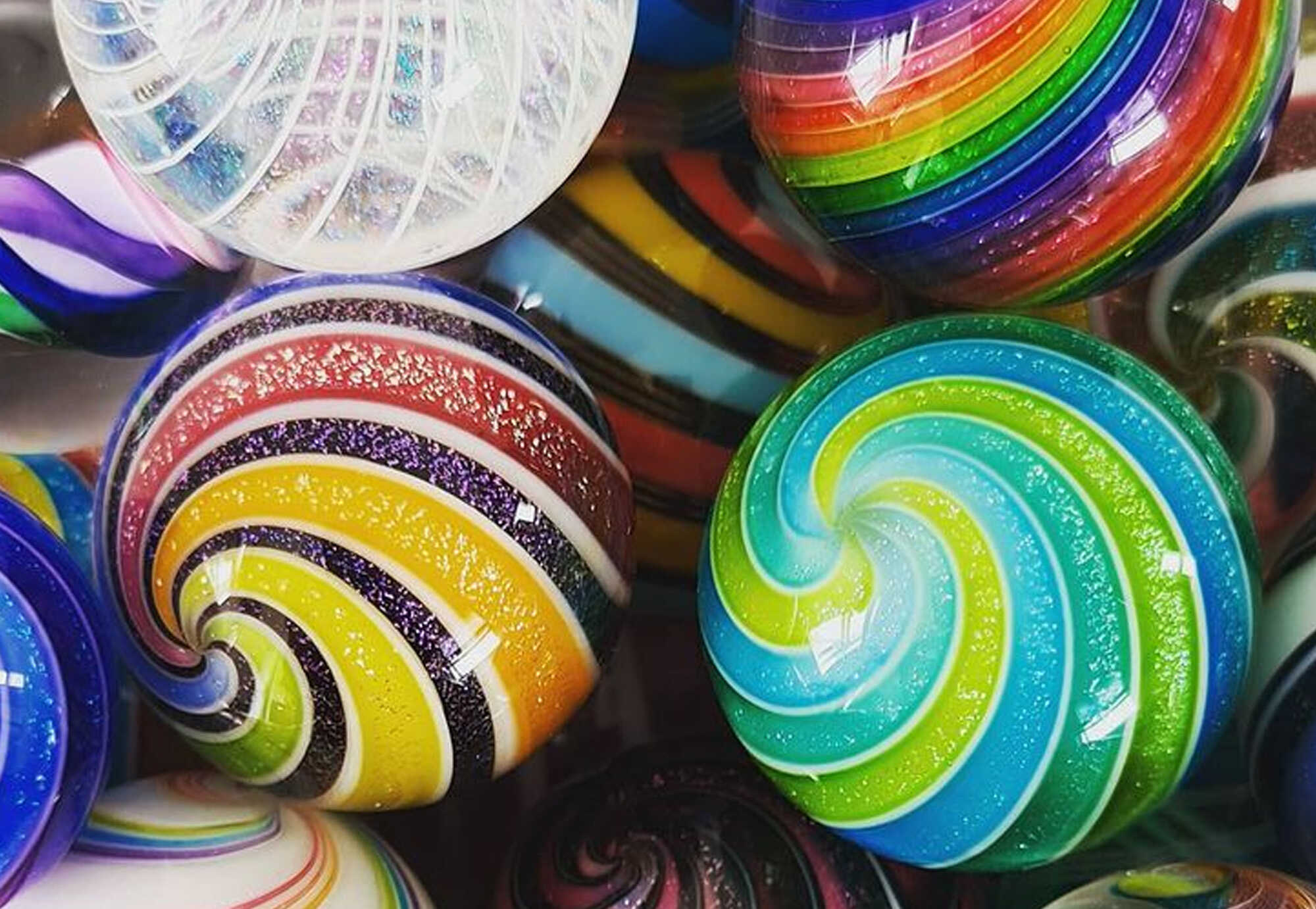
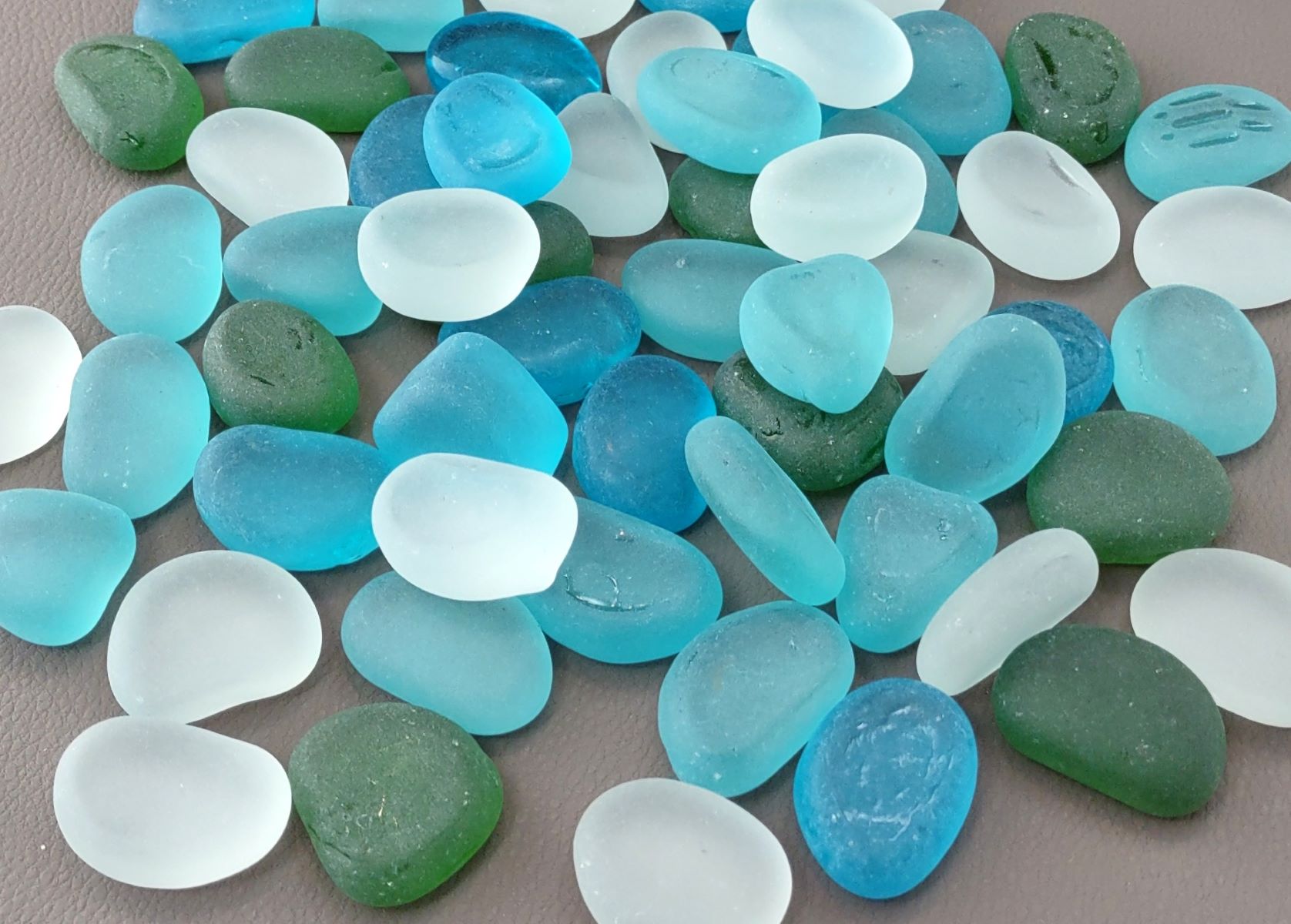
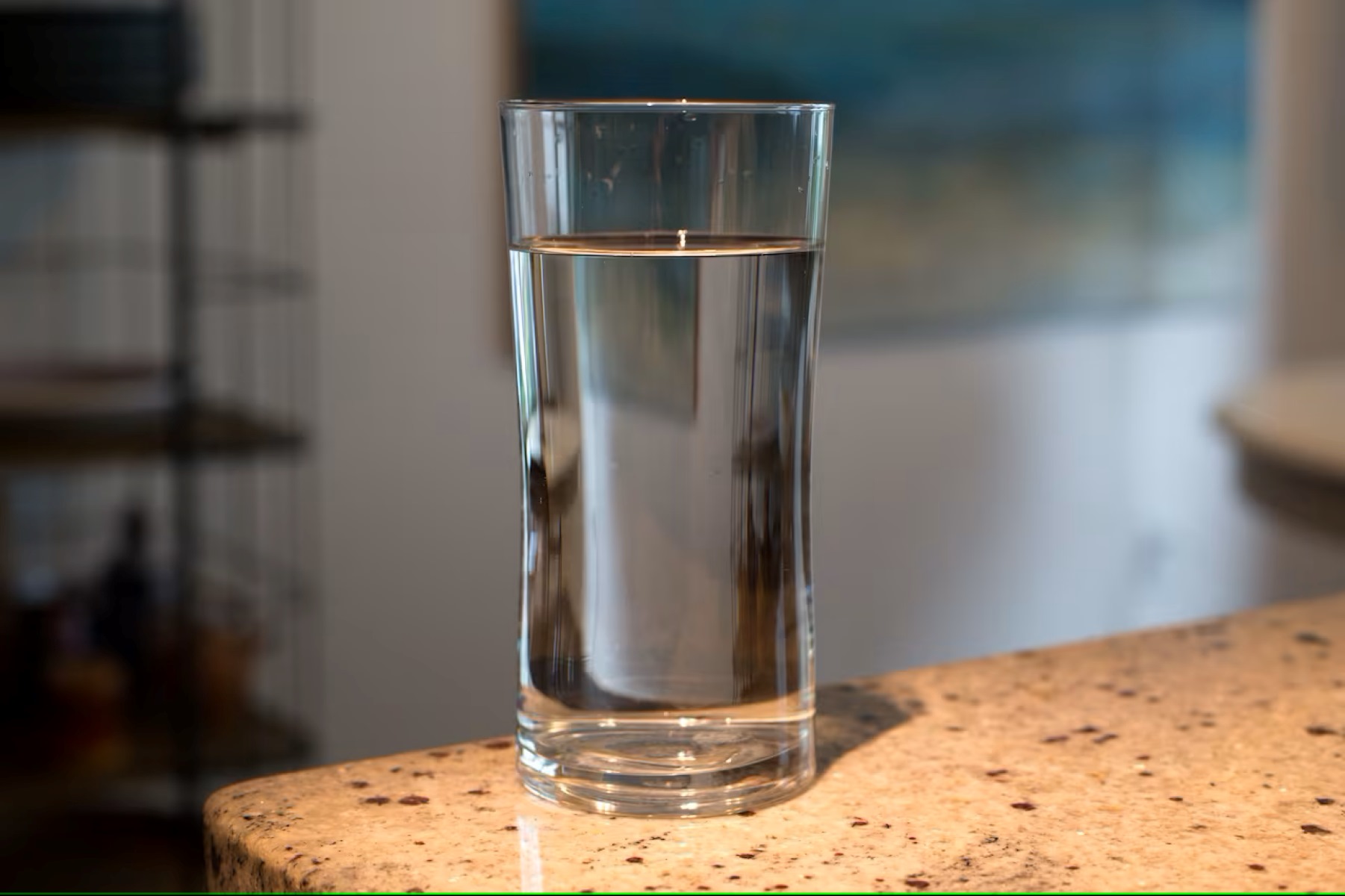
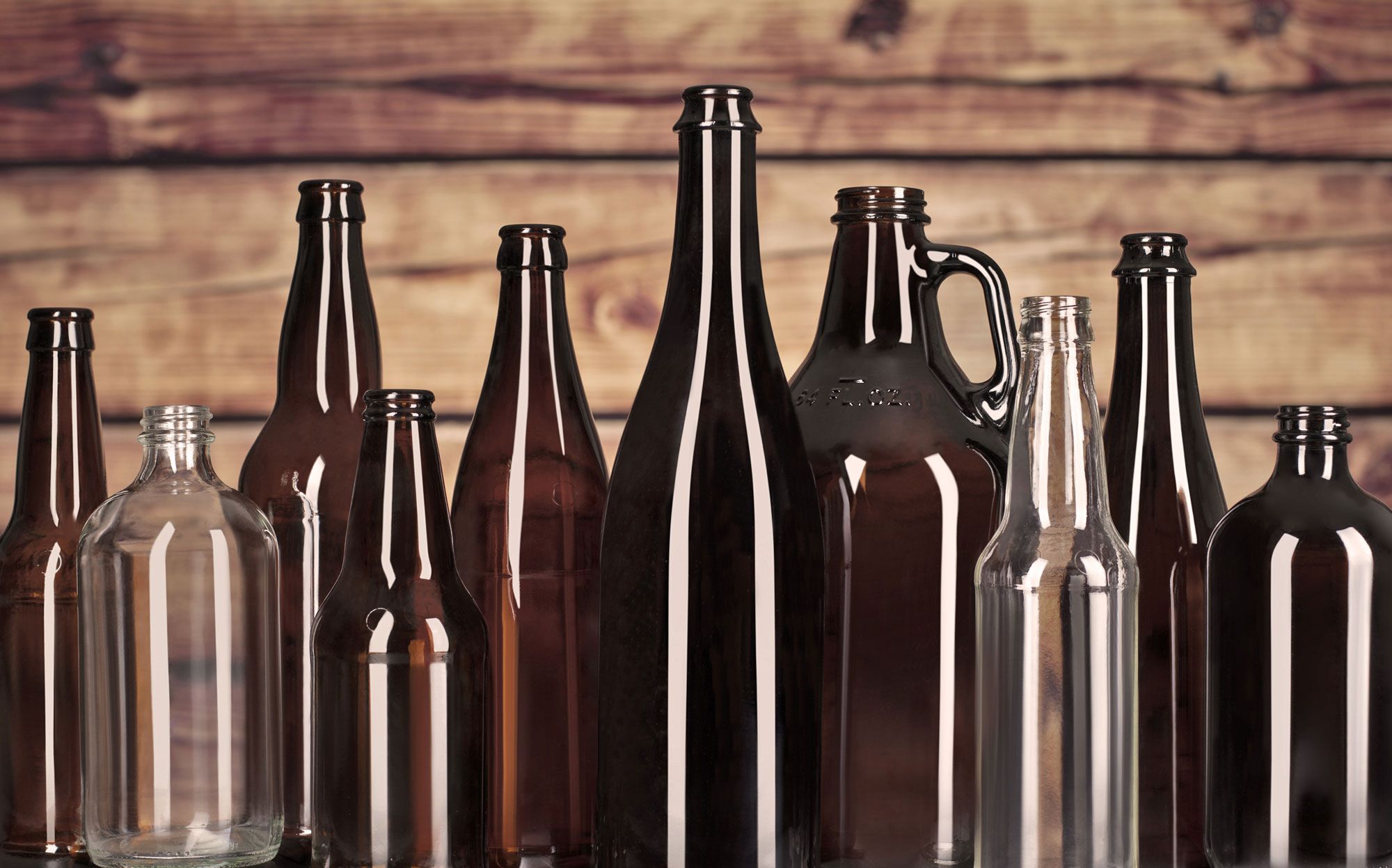
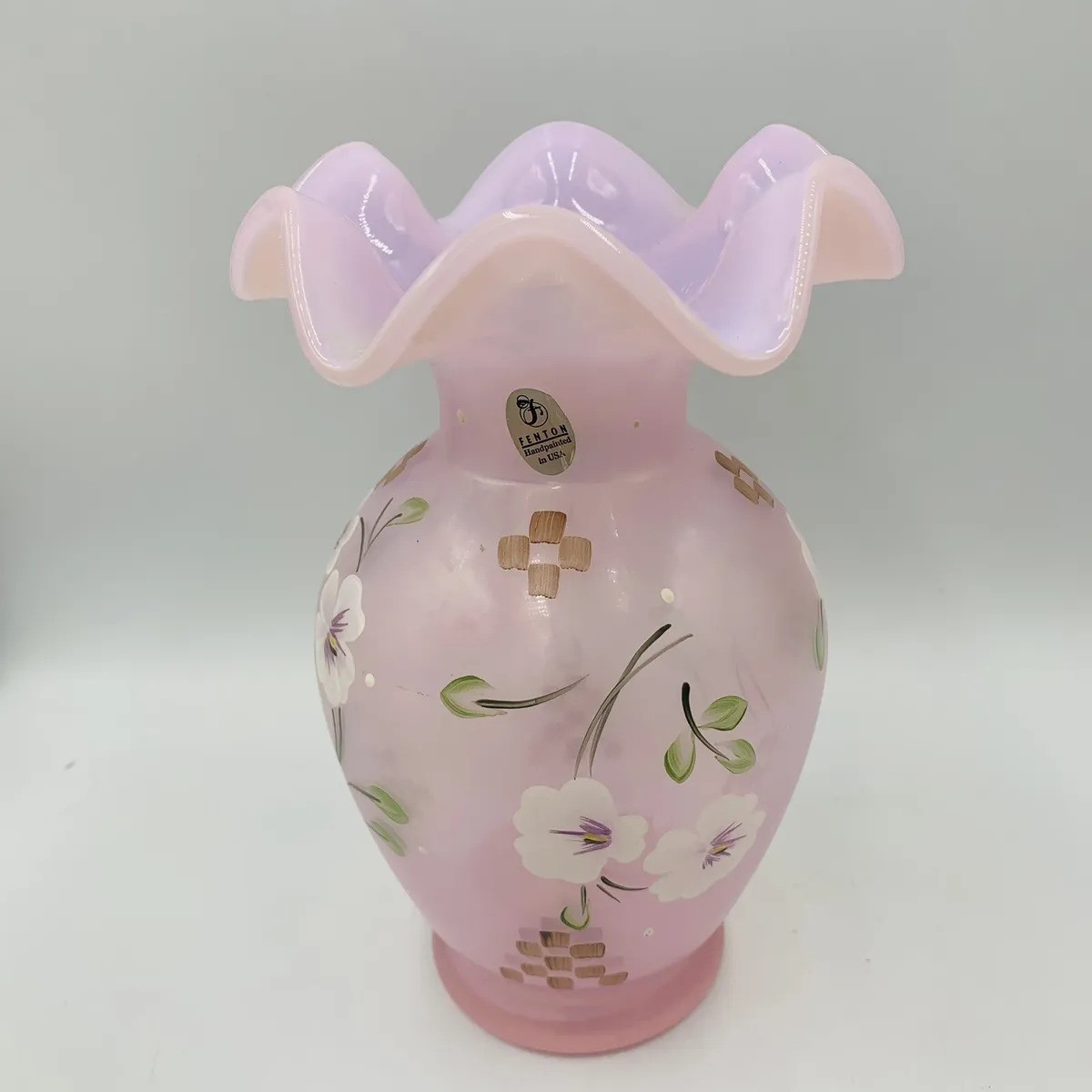
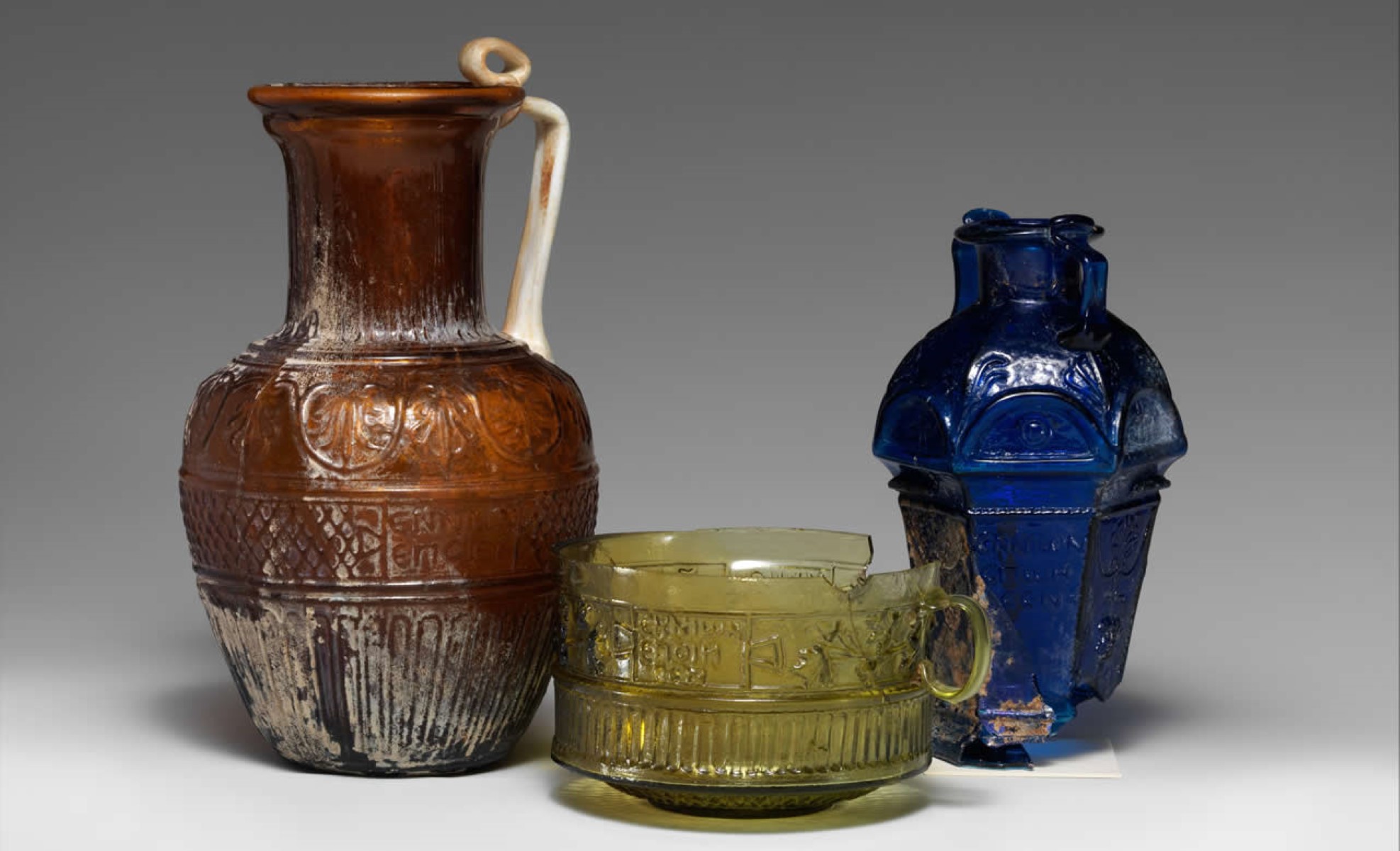
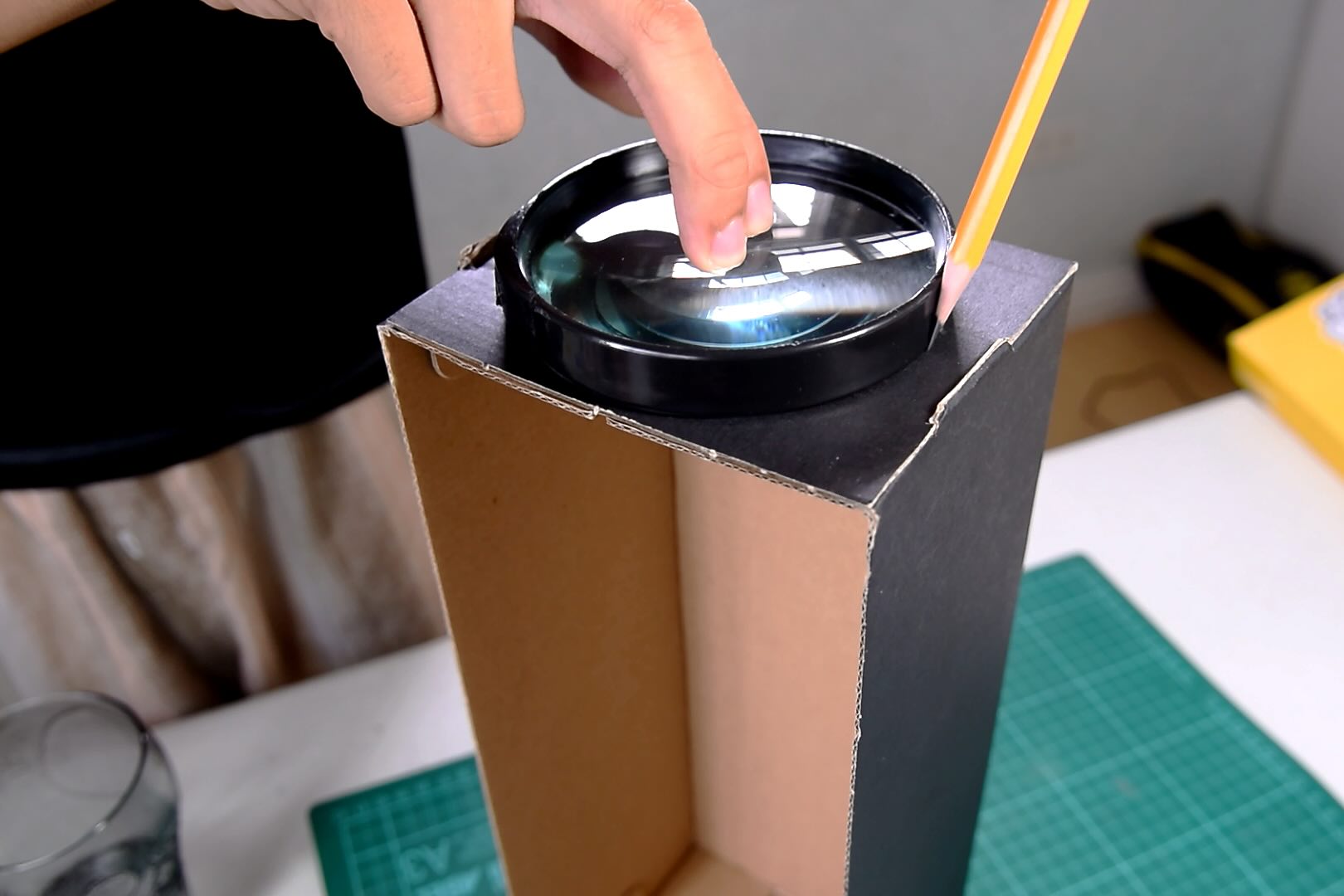


0 thoughts on “How Are Glass Cups Made”